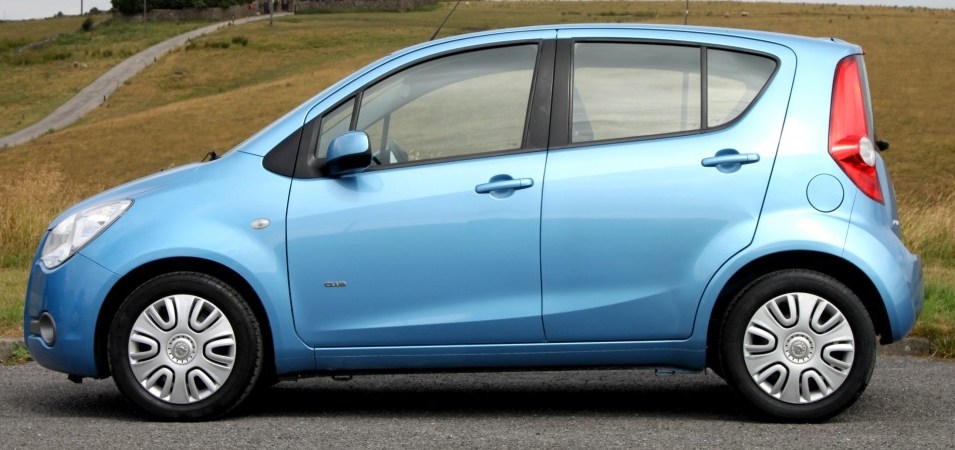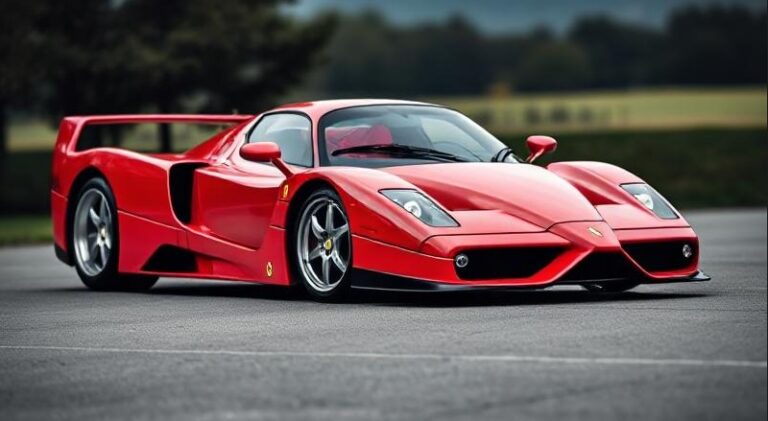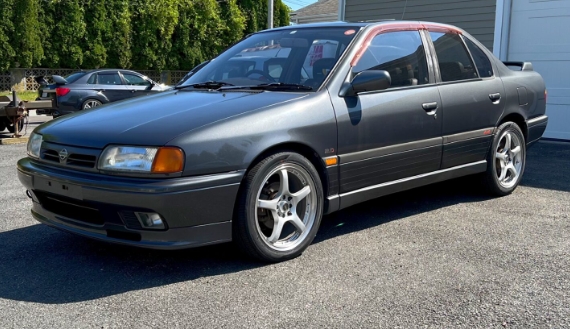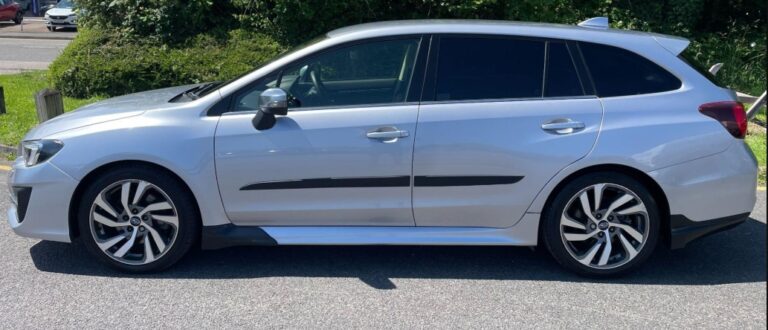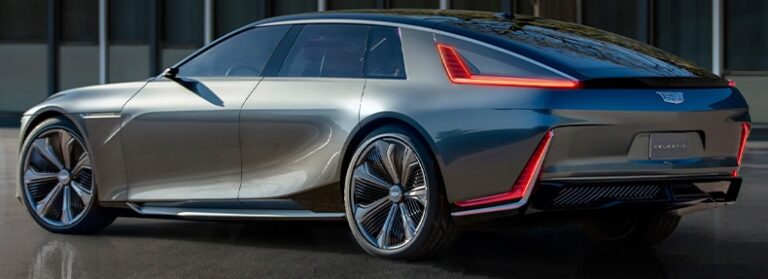The Evolution of the Vauxhall Agila
The Vauxhall Agila has been a notable presence in the compact city car segment since its debut, embodying practicality, efficiency, and affordability. Over the years, the model has undergone significant transformations, reflecting shifts in automotive technology, design philosophies, and consumer preferences. This article provides a detailed, factual account of the Vauxhall Agila’s evolution, including production years, model variants, and trim levels.
Origins and First Generation (2000–2007)
Introduction and Development
The Vauxhall Agila was introduced in the United Kingdom in 2000, as part of General Motors’ (GM) strategy to compete in the burgeoning small city car market. Its design and engineering were closely linked to the Suzuki Alto and Suzuki Wagon R+, owing to a partnership between GM and Suzuki. This collaboration allowed Vauxhall to leverage Suzuki’s small car expertise while adapting the vehicle for the UK market.
Production Period
The first-generation Agila was produced from 2000 until 2007, primarily assembled at Suzuki’s plant in Hungary, with some models also assembled in Spain.
Design and Features
The first-generation Agila was characterized by its tall, boxy shape, maximizing interior space within a compact footprint. It was a five-door hatchback with a focus on urban maneuverability and fuel efficiency. The model featured a simple, functional interior with basic trims aimed at budget-conscious consumers.
Engine Options and Trims
Initially, the Agila was offered with a range of small petrol engines, including:
- 1.0-liter I3 (three-cylinder) producing approximately 50–65 horsepower
- 1.2-liter I4 variants delivering around 80 horsepower
Transmission options included five-speed manual gearboxes, with some models offering a four-speed automatic.
Trim levels during this period were relatively straightforward, generally including:
- Base: Basic features, manual windows, no air conditioning
- Club: Added features such as power steering, better interior trim
- Design: Higher trim with optional features like air conditioning, alloy wheels
Throughout its first generation, the Agila was appreciated for its spacious interior relative to its size, ease of parking, and affordability. It was a practical city car, though it lacked some of the refinement and features of more upscale models.
Second Generation (2008–2014)
Development and Relaunch
In 2008, Vauxhall launched the second-generation Agila, marking a significant redesign and a departure from the Suzuki-based platform. This model was developed internally by GM’s European division, emphasizing modern styling, improved safety, and enhanced comfort.
Production Period
The second-generation Agila was produced from 2008 until 2014, with manufacturing primarily taking place at the GM/Opel plant in Budapest, Hungary.
Design and Engineering
The 2008 model featured a more contemporary, rounded appearance, aligning with the design language of other GM Europe offerings. Its dimensions grew slightly, improving interior space and comfort. The car retained its tall, compact hatchback form but with more refined aerodynamics and styling cues.
Powertrain Options
Engine choices expanded to include:
- 1.0-liter I3 gasoline engine (~65 horsepower)
- 1.2-liter I4 gasoline engine (~80 horsepower)
- 1.3-liter CDTI diesel engine (~75–95 horsepower)
The diesel variants provided better fuel economy, appealing to cost-conscious drivers.
Transmission
Manual transmissions remained standard, with some models offering a five-speed manual; automatic options were limited but available in certain markets.
Trim Levels and Features
The second-generation Agila was available in several trims, which evolved over its lifecycle:
- Expression: The base model, equipped with essential features such as power steering, remote central locking, and basic audio.
- Design: Added comfort and convenience features including air conditioning, electric front windows, and alloy wheels.
- TechLine/Active (varied by market): Offered upgraded infotainment options, Bluetooth connectivity, and enhanced interior trims.
- Limited Editions: Occasionally, special edition models were released with unique paint schemes, interior accents, or additional features.
Safety features also improved during this generation, with the addition of front airbags, side airbags, and stability control in later models, aligning with EU safety standards.
Special Versions
The Agila also saw some market-specific versions, such as eco-friendly variants and models tailored for urban mobility, emphasizing low emissions and economy.
.
THIS might be a great place to get your new car from!
Or for those who are into the “car flipping” business, here’s an excellent resource for you!

.
Discontinuation and Market Position
The second-generation Agila was phased out in 2014, as Vauxhall shifted focus toward other model segments and the market evolved towards larger, more technology-rich vehicles. By this time, the Agila’s role as a budget city car was increasingly challenged by newer, more efficient rivals and the rise of small crossovers.
The Revival: The New Agila (2019–Present)
Introduction of the New Model
After a hiatus, Vauxhall announced the return of the Agila nameplate in 2019, reviving the model as a small city car based on the same platform as the Opel Karl (also known in some markets as the Chevrolet Spark). This new iteration sought to meet modern demands for connectivity, safety, and efficiency.
Production and Market
The latest Agila has been manufactured since 2019 and is primarily targeted at urban markets across Europe, emphasizing compact dimensions, fuel economy, and contemporary features.
Design and Features
The new Agila features a more aerodynamic design with youthful styling cues, LED daytime running lights, and a higher quality interior with touchscreen infotainment, smartphone integration, and advanced safety systems such as lane departure warning and city emergency braking.
Engine Options and Trim Levels
Engine choices include:
- 1.0-liter turbocharged I3 petrol engine (~75 horsepower)
- 1.0-liter naturally aspirated I3 (~60 horsepower)
Transmission options are a five-speed manual or a six-speed automatic in some variants.
Trim levels are more diverse and feature-rich:
- SE: Entry-level, with essentials such as cruise control, Bluetooth, and alloy wheels.
- Design: Adds cosmetic upgrades, upgraded infotainment, and safety features.
- Ultimate: Top-tier trims with leather upholstery, advanced driver assistance systems, and premium audio.
Summary and Market Impact
The Vauxhall Agila has evolved from a basic, Suzuki-based city car into a modern, technologically equipped urban vehicle. Its first generation (2000–2007) established its reputation as an affordable, practical runabout; the second generation (2008–2014) refined its styling, safety, and comfort; and the recent revival (2019 onwards) positions it as a contemporary, connected city car.
Throughout its lifecycle, the Agila has been characterized by its emphasis on space efficiency, economy, and ease of maneuverability—key traits for city dwellers. Although the model has faced stiff competition and market shifts, its evolution reflects Vauxhall’s commitment to providing accessible mobility solutions.
Final Notes
While the Agila’s production spans over two decades, its core appeal has remained consistent: an inexpensive, reliable, and practical vehicle for urban environments. As urban mobility continues to evolve with electrification and connectivity, future iterations of the Agila may incorporate electric powertrains and smart technologies, ensuring its relevance in the modern automotive landscape.
